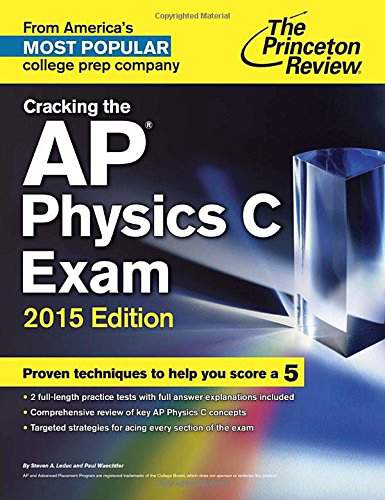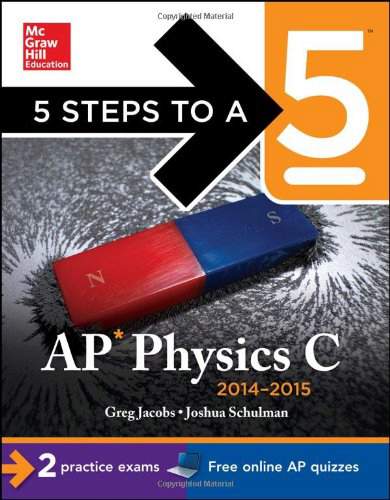Connecting...

This is a quick preview of the lesson. For full access, please Log In or Sign up.
For more information, please see full course syllabus of AP Physics C: Mechanics
For more information, please see full course syllabus of AP Physics C: Mechanics
AP Physics C: Mechanics Circular & Relative Motion
Lecture Description
Until now we’ve dealt with linear problems with 1 or 2 dimensions. Now it’s time to consider something moving in a circle and centripetal force. As you will see, angular displacement, velocity, and acceleration differ from their linear counterparts. Fear not, as there are simple conversions you can use to convert from linear to angular components. In addition to angular components you will take a look at reference frames, which are the basis for more advanced physics courses. After you have the math down, it’s time to look at diagramming— another crucial part of physics problem solving.
Bookmark & Share
Embed
Share this knowledge with your friends!
Copy & Paste this embed code into your website’s HTML
Please ensure that your website editor is in text mode when you paste the code.(In Wordpress, the mode button is on the top right corner.)
×
Since this lesson is not free, only the preview will appear on your website.
- - Allow users to view the embedded video in full-size.
Next Lecture
Previous Lecture













































1 answer
Mon Aug 23, 2021 3:49 PM
Post by Carissa Shuxteau on August 22, 2021
If you have a ball that rolls down a loop roller coaster, where you know the diameter of the ball and the amount of time it takes to pass through photogate A, through photogate B, and the time elapsed as it passes between photogate A and B, and the acceleration is not constant, how would you determine the average and instantaneous acceleration of the ball?
1 answer
Sun Apr 26, 2020 6:14 PM
Post by Samantha Zhan on April 26, 2020
For the parabolic form y(X) = (vy0/vx)X - (g/2vx^2)X^2
could the (vy0/vx) be expanded to v0sin?/v0cos? and simply to tan??
making the equation y(X) = Xtan? - (g/2vx^2)X^2
3 answers
Tue Jun 6, 2017 2:13 PM
Post by K Lee on June 6, 2017
Where should I go to get example problems that are relevant to the topics?
I have Giancoli's Physics: Principles with Applications book, but it is algebra-based, not calculus-based. Would it be good if I do example problems out of that book after each lesson even though it's not calculus based?
Thanks!
1 answer
Fri Apr 15, 2016 10:57 AM
Post by Sunkyung Jung on April 15, 2016
Can you help me with this question, please?
Plane A is flying at 400 mph in the northeast direction relative to the earth. Plane B is flying at 500 mph in the north direction relative to the earth. What is the direction of motion of Plane B as observed from Plane A?
1 answer
Tue Dec 1, 2015 8:21 AM
Post by nathan lau on November 29, 2015
at 11:11 how did you take the derivative of (rcos(wt)i hat+rsin(wt)j hat) to get the velocity? i'm not sure where the wr's came from, or most of the rest of the answer.
1 answer
Thu Apr 23, 2015 8:51 PM
Post by Miras Karazhigitov on April 23, 2015
In example 4, does acceleration goes toward center of the Earth
0 answers
Post by Daniel Fullerton on December 7, 2014
That would be a great answer!
0 answers
Post by Shaina M on December 6, 2014
If I said the answer for that last problem was 5m/s at an angle of 53.13deg NE would that be right?